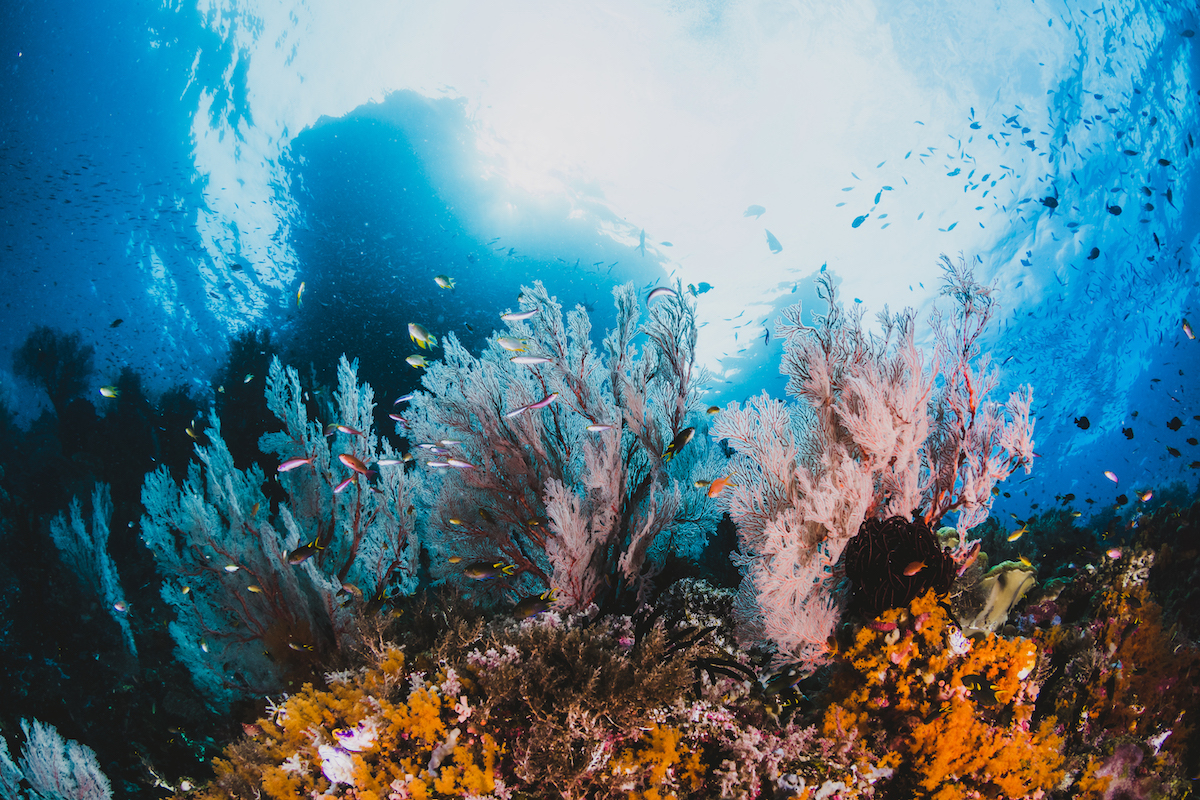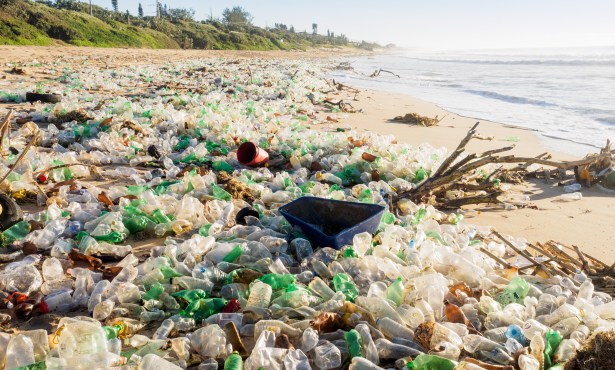The Overlooked Heroes of Coral Reefs
Sea Cucumbers Maintain Coral Reef Biodiversity and Counter Ocean Acidification

Coral reefs cover only a small area of ocean floor, mostly along tropical coastlines. Their importance ecologically, however, is disproportionate to their prevalence. They protect coastlines from storms and erosion, serve as nurseries for fish, are critical to ocean biodiversity, generate half of the earth’s oxygen, and absorb nearly a third of manmade carbon dioxide emissions. Tragically, half of all reefs have died in the last 30 years. Scientists are saying that warming waters, increasing ocean acidity, pollution, and overfishing threaten the remaining reefs in the next 20 years.
Coral reef restoration is expensive, according to NOAA (National Oceanic and Atmospheric Administration), costing about $1 million per acre. The main restorative approach is nurturing scraps of coral until they are large enough to replant on reefs. Through genetic research, scientists are hopeful of finding or developing more heat-tolerant species. Perhaps the most effective and least costly option is to encourage nature’s process by promoting healthy populations of sea cucumbers. These scavengers of the sea floor are garbage collectors and nutrient recyclers. It turns out that these slimy, faceless creatures play a critical role in maintaining coral reef health and biochemical balance.
Sea cucumbers’ digestive systems transform their diet of sand and bio detritus into nitrogen-rich, aerated sediment on which coral and algae rely. Not only do these vacuum cleaners of the ocean floor maintain healthy oxygen and nitrogen levels in the sediment, but their excrement also buffers reefs against acidification, a problem linked to ocean warming. Calcium carbonate, the building block of coral skeletons, is becoming increasingly scarce because of increasing acidity. The ammonia in sea cucumber waste increases the availability of calcium carbonate in the reef environment.
Scientists have struggled to assess how significant sea cucumber excrement is. Recently, an Australian research team, using drone surveys, satellite imagery, and direct observation, has gained a more accurate understanding of how beneficial it is. They estimate that there are three million sea cucumbers on the Heron Island Reef, the target zone of their study, and determined that each creature produces almost one and a half ounces of waste each 24 hours. Of course, this can vary widely between specific creatures, as they have been found to be from a few inches to six feet in length. An average of one and a half ounces aggregates to the weight of five Eiffel Towers of excrement each year on their research reef.
Because sea cucumbers are eaten as a dried delicacy in many Asian countries and considered to have medicinal properties in China, their populations are being heavily harvested and are declining at an alarming rate. Over 70 countries currently harvest these creatures. Drone surveillance techniques like those used by the Australian researchers could be employed to monitor sea cucumber numbers. Last year, the first sea cucumber conservation reserve was set up off an Indian island. Hopefully, this is just the first of many.
Support the Santa Barbara Independent through a long-term or a single contribution.



